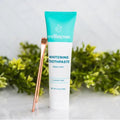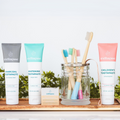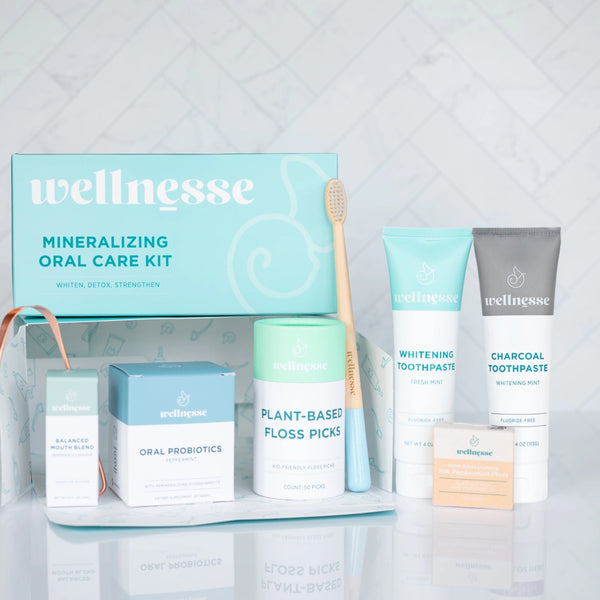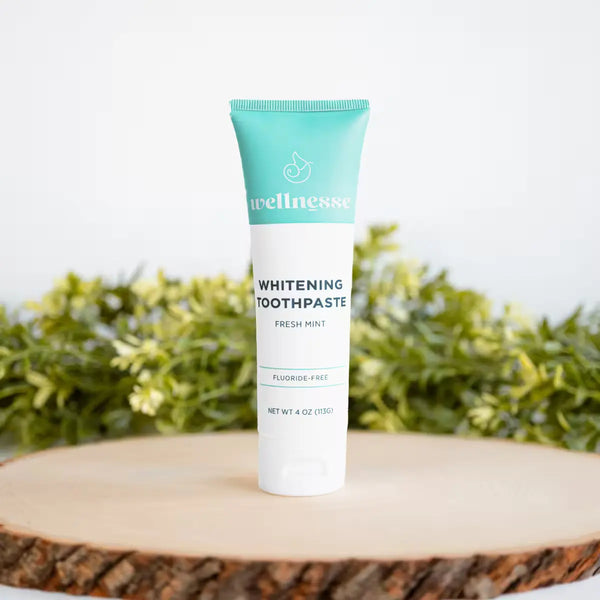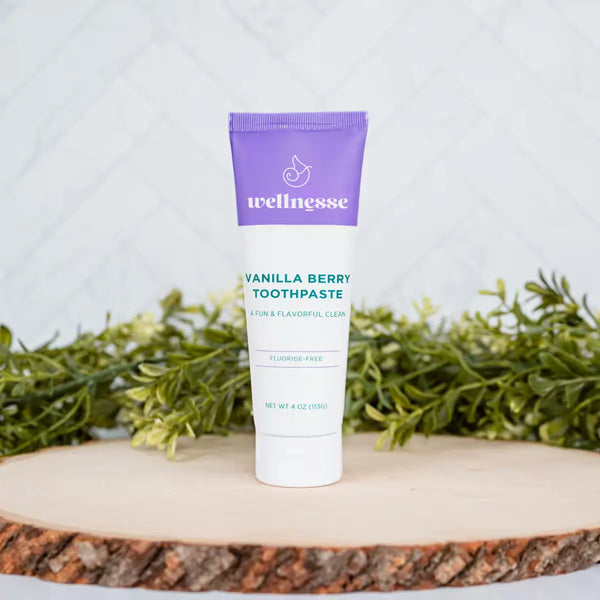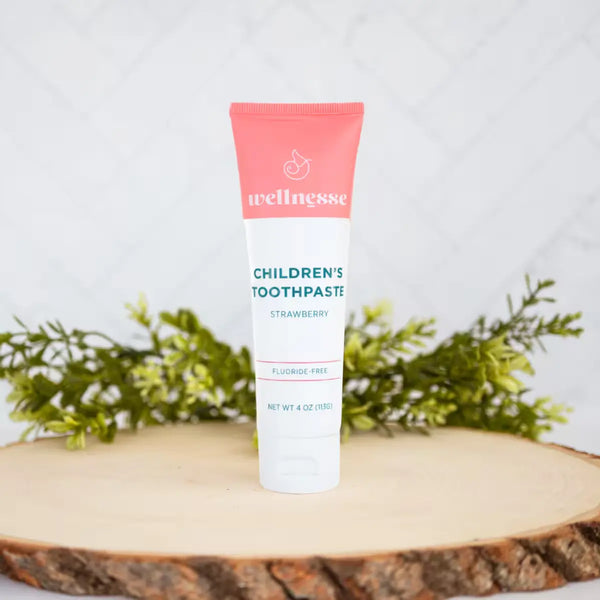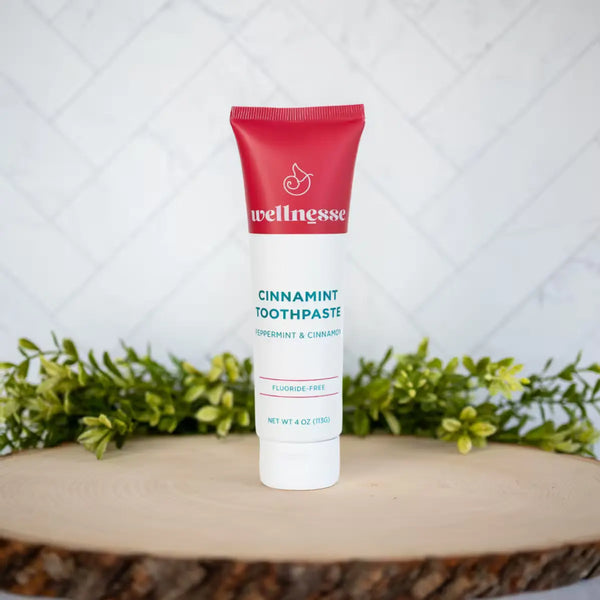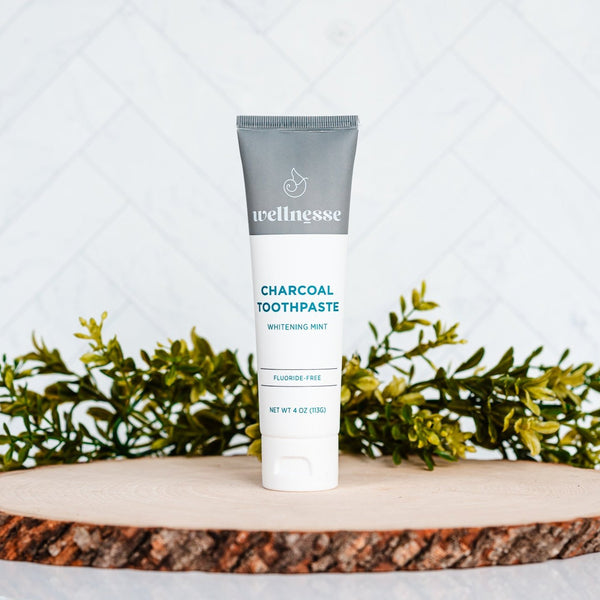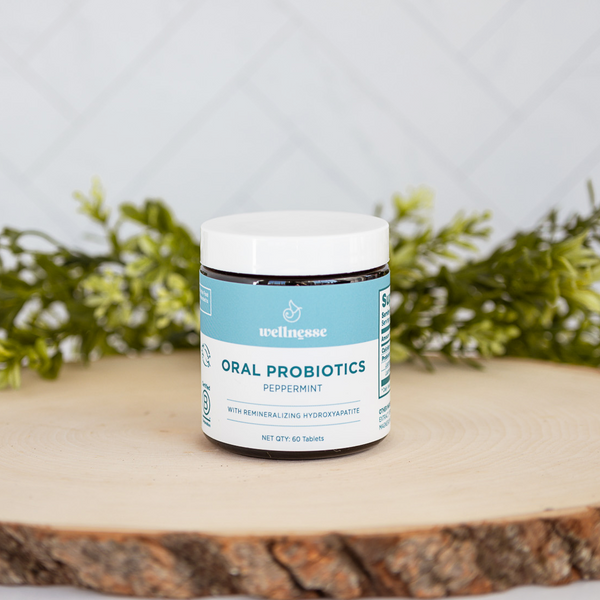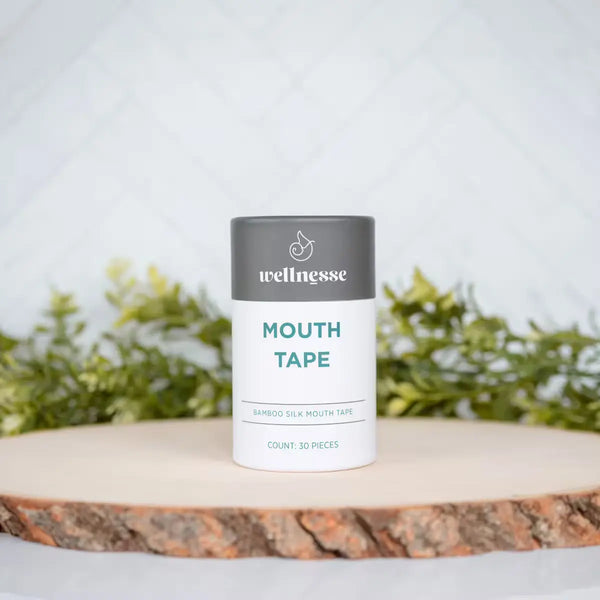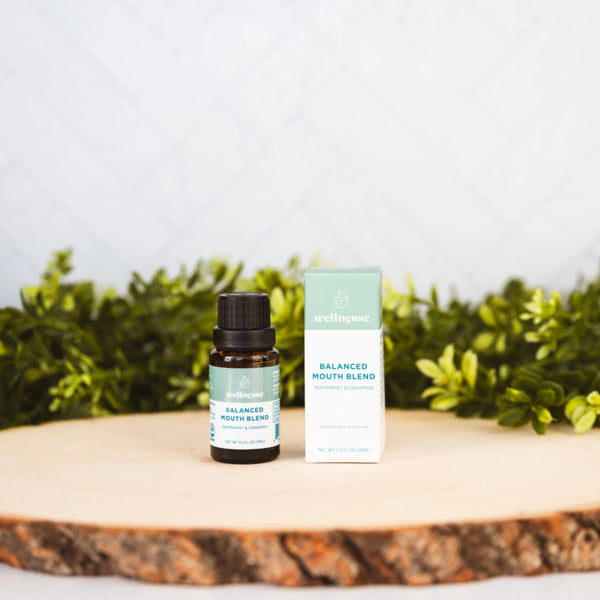Here at Wellnesse, healthy ingredients that are ethically sourced and packaged are our top priority. You won’t find harsh chemicals or toxic materials in our ingredients list. But today let's talk about one chemical that’s found just about everywhere, even in natural and organic products: PFAS.
What Are PFAS?
Polyfluoroalkyl substances or PFAS for short are a family of over 9,000 chemicals found in everything from cookware, to water, to ketchup. They can either be intentionally added to make things waterproof, non-stick, or stain resistant, or end up there through contamination. PFAS last a long time once they’re introduced and have earned the label forever chemicals because scientists don’t know how many years it takes for them to break down in the environment.
PFAS are on the bad list when it comes to chemicals. But because they’re so prevalent in the environment, it’s not possible to avoid them 100%. According to the EPA, researchers have found PFAS in people and animals all over the world, in water, air, fish, and dirt on every continent. They are even found at the North Pole, where there’s very little human contact.
Another place they are commonly found is in recycled cardboard and paper products. While they aren’t necessarily added there intentionally, they’re often contaminated by residues from recycled fibers.
So if these PFAS are everywhere and we can’t avoid them 100%, what is considered a “safe” amount? We could argue there is no “safe” amount to a toxin, but we can see what levels are known to cause health effects.
PFAS Testing and Standards
Unfortunately, because this is such a large family of chemicals, the research on harmful levels is limited. Most of the research has been done on water, which doesn’t translate 1:1 with other exposures, like food or cosmetics packaging. Tests that can extract PFAS compounds to see what levels they’re at are almost exclusively developed for water samples only, according to a lab technician at Galbraith Laboratories, Inc.
Our best option at the moment is to look at food packaging standards. While there aren’t official PFAS limits globally, California and Denmark have set some boundaries. California has banned intentionally added PFAS and limits contaminated food packaging to 100 ppm maximum. Denmark sets the bar even higher and limits it to 20 ppm.
Testing Our Wellnesse Silk Floss
Which brings us to this point. Because Wellnesse believes so strongly in our environmental impact (and our health), we’ve chosen to use recycled materials in our packaging instead of plastic. Our silk floss specifically uses recycled cardboard lined with food wax paper to house our floss.
Leah Segedie, from Mamavation, sent our floss off to be tested and found it contained 14ppm organic fluorine. To ensure our floss is always the highest quality and is always safe for our families, we went to work investigating these claims and voluntarily sent our floss to third-party labs for review. We must note that this in itself was difficult, because we could only find one lab in the US that even did this kind of testing. Most of the labs we contacted said they didn’t perform this type of testing because they didn’t find it reliable or accurate.
The testing that we had performed found that:
- The floss itself had non-detectable levels (or zero)
- The food-grade wax paper wrapping the floss had less than 10 ppm organic fluorine
- Our recycled cardboard box had less than 19ppm organic fluorine
The Limits to Testing
PFAS testing is tricky because there’s no way to actually test for PFAS. So what can scientists test for? These lab tests look at organic fluorine levels, but that does not always mean it is PFAS. According to Galbraith Laboratories, Inc. (the same lab that Mamavation uses) that performed the tests:
“Our test is not specific for PFAS. We cannot differentiate between PFAS and other fluorine compounds, just whether or not it is organic. PFAS compounds are organic in nature, but just because we generated a hit for organic fluorine, does not necessarily mean that it is PFAS. There are many other fluorine compounds that it may be, but I cannot specifically speak to what those may be.”
The Technical Manager went on to further explain:
“I also cannot speak to what is considered “good” and “bad” levels of PFAS. We generate the data but cannot advise as to how that data is used or interpreted. As far as I know, there are no regulations for PFAS or fluorine outside of regulations for food containers, which is less than 100 ppm per item. I do not believe this regulation applies to anything other than food containers, so unfortunately, we simply do not know for other materials.”
According to Leah “Organic fluorine is a marker for PFAS because all PFAS chemicals are carbon-based compounds that contain fluorine.” However, while all PFAS chemicals contain organic fluorine, not all organic fluorines are PFAS. We are left to question the validity of this testing method.
Testing can only give us an indication if an item might have PFAS in it and we don’t really know what safe levels are. That said, what does this mean for the safety of Wellnesse floss?
Healthiest Packaging Options
Because the floss itself is at undetectable levels, and both the wax paper and box are under the strictest standards currently available, Wellnesse floss shouldn’t be a major concern. We stand behind the decision that recycled paper is still one of the best container options, despite trace amounts of organic fluorine.
Most conventional dental floss containers are plastic, but even if they’re recyclable, they come with a whole host of their own issues. Certain plastics are treated with fluorinated gas to make them stronger. That’s not even touching on the BPS and other chemicals in plastics.
Based on all the research of Wellness Mama, we do not recommend floss or other products to be packaged in plastic. While Mamavation calls into question the Wellnesse floss, it should be noted that her recommended floss list contains many conventional brands that are packaged in plastic with other questionable raw materials, which should also be questioned.
We also wanted to know.....How does the Wellnesse silk floss box compare to other recycled materials? One 2020 study analyzed the amount of PFAS in recycled paper packaging from unintentional contamination. The amounts ranged from 37ppm on the low end to over 1238 ppm. For reference, our box tested at 19ppm, still under Denmark’s limits for food containers, and the floss itself at 0 ppm.
The Bottom Line on Safety
While this isn’t perfect, based on the limited research that’s available, our floss is still considered to be in the safe and acceptable levels. Much more research needs to be done in this field. PFAS testing needs some major improvements and advances, but in the meantime, we should be wary of the biggest offenders.
Wellnesse will continue to provide the best quality products we can, in the safest, healthiest way we can. All we can do is try our best and not worry too much about what we can’t control.
Resources:
- EPA United States Environmental Protection Agency. (2022, April 28). PFAS Explained. https://www.epa.gov/pfas/pfas-explained
- NIH National Institute of Environmental Health Sciences. (2022, June 17). Perfluoroalkyl and Polyfluoroalkyl Substances (PFAS). https://www.niehs.nih.gov/health/topics/agents/pfc/index.cfm
- Perkins, T. (2021, Dec 18). PFAS ‘forever chemicals’ constantly cycle through ground, air and water, study finds. The Guardian. https://www.theguardian.com/environment/2021/dec/17/pfas-forever-chemicals-constantly-cycle-through-ground-air-and-water-study-finds
- Loria, K. (2022, March 24). Dangerous PFAS Chemicals Are in Your Food Packaging. Consumer Reports. https://www.consumerreports.org/pfas-food-packaging/dangerous-pfas-chemicals-are-in-your-food-packaging-a3786252074/
- Neltner, T. (2021, July 7). Beyond paper: PFAS linked to common plastic packaging used for food, cosmetics, and much more. Environmental Defense Fund. https://blogs.edf.org/health/2021/07/07/beyond-paper-pfas/
- Curtzwiler, G., Silva, P., Hall, A., Ivey, A., & Vorst, K. (2020). Significance of Perfluoroalkyl Substances (PFAS) in Food Packaging. Integrated Environmental Assessment and Management, 17(1). https://doi.org/10.1002/ieam.4346
- Parkinson, L. (2021, July 15). Plastic container fluorine treatments create PFAS. Food Packaging Forum. https://www.foodpackagingforum.org/news/plastic-container-fluorine-treatments-create-pfas
